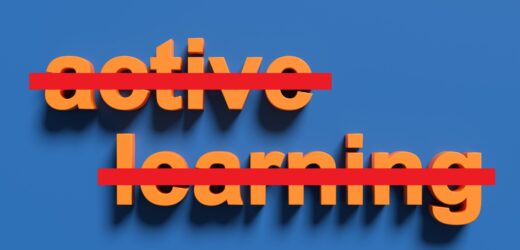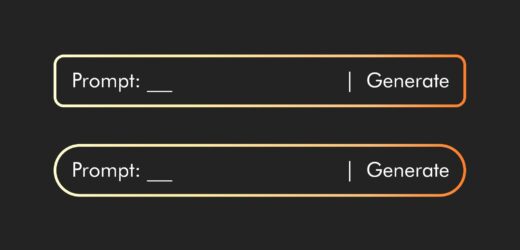In recent years, the phrase active learning has become commonplace across the academic disciplines of higher education. Indeed, most faculty members are familiar with definitions that go something like this: Active learning involves tasks that require students not only to do something, but also to think about what they have done. Moreover, many faculty have already incorporated into their teaching activities associated with active learning, such as interactive lectures, collaborative learning groups, and discussion-related writing tasks.
However, faculty may not be aware that, from the perspective of cognitive psychology, the meaning of active learning is slightly different. According to cognitive psychology, active learning involves the development of cognition, which is achieved by acquiring "organized knowledge structures" and "strategies for remembering, understanding, and solving problems." (This particular definition is from a cognitive psychology text edited by Bransford, Brown, & Cocking, How People Learn: Brain, Mind, Experience, School.) Additionally, active learning entails a process of interpretation, whereby new knowledge is related to prior knowledge and stored in a manner that emphasizes the elaborated meaning of these relationships.
Faculty interested in promoting this cognitively oriented understanding of active learning can do so by familiarizing their students with such cognitive active learning strategies as activating prior knowledge, chunking, and practicing metacognitive awareness.
Active Learning: A Perspective from Cognitive Psychology

Related Articles
I have two loves: teaching and learning. Although I love them for different reasons, I’ve been passionate about...
Active learning is a mostly meaningless educational buzzword. It’s a feel-good, intuitively popular term that indicates concern for...
Perhaps the earliest introduction a student has with a course is the syllabus as it’s generally the first...
Generative AI allows instructors to create interactive, self-directed review activities for their courses. The beauty of these activities...
I’ve often felt that a teacher’s life is suspended, Janus-like, between past experiences and future hopes; it’s only...
I teach first-year writing at a small liberal arts college, and on the first day of class, I...
Proponents of rubrics champion them as a means of ensuring consistency in grading, not only between students within...








